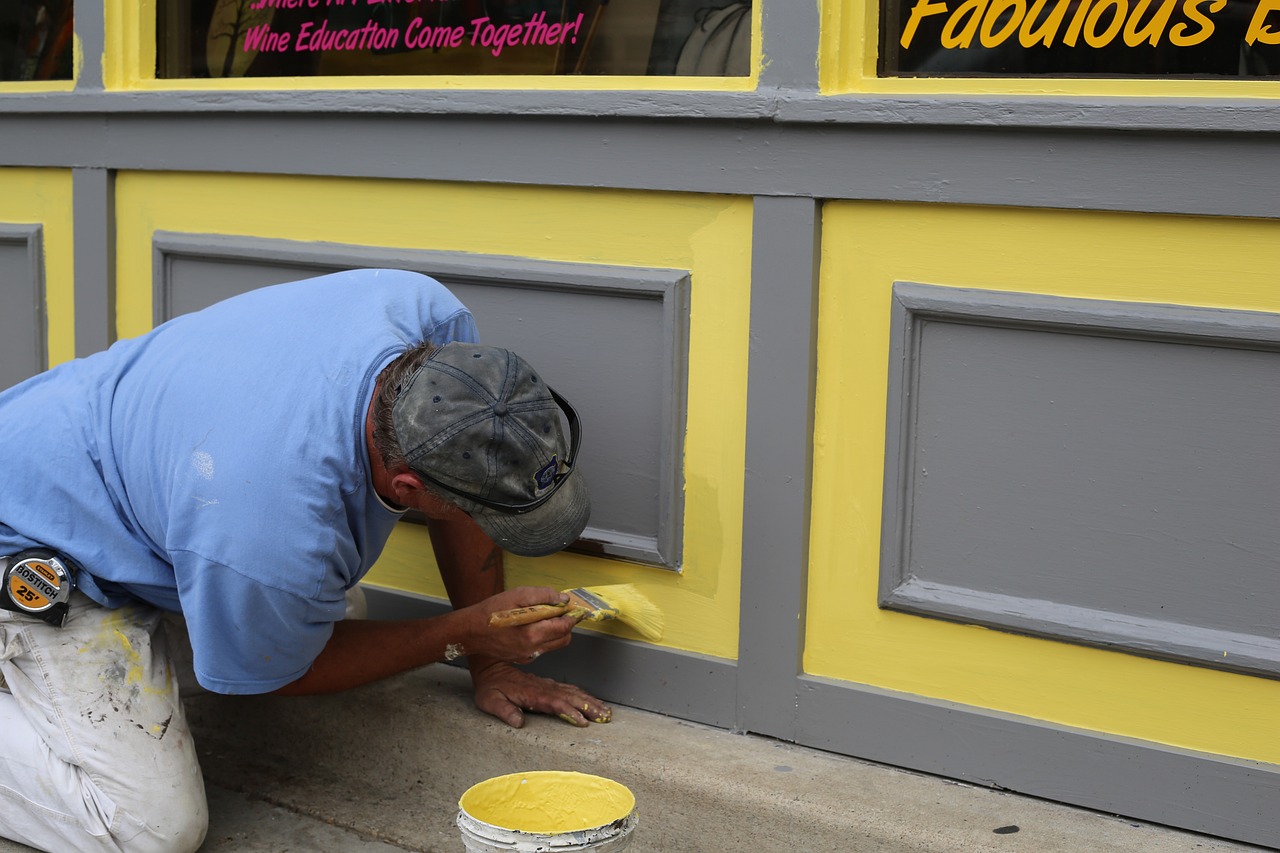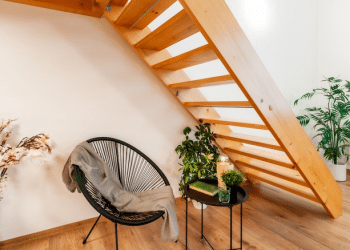Table of Contents

As time passes, our once immaculately painted walls inevitably face the onslaught of daily life — smudges, scratches, and the occasional crayon masterpiece from an aspiring toddler artist.
While the idea of repainting the entire room might feel daunting, mastering the art of touch-ups can help your walls look as good as new without the effort of a full-blown paint job.
Here’s how you can effectively touch up your walls and keep them pristine over the years.
Gather Your Tools and Materials
To touch up walls like a pro, you’ll need:
- The original paint (or a perfect match)
- A small brush or roller
- Paint tray or disposable plate
- Clean cloth or sponge
- Mild detergent
- Sandpaper (220-grit works well)
- Primer (for larger or deeper scratches)
Clean the Area
Before you start with the touch-up, ensure the wall is clean. Using a sponge or cloth with mild detergent, gently clean the area of any dirt or grease.
This ensures that the paint adheres properly. Rinse with a clean, damp cloth and let it dry.
Sand the Surface
If there are scratches or peeling paint, lightly sand the area to make the surface smooth. This will help the touch-up blend seamlessly with the rest of the wall.
After sanding, wipe away any dust with a damp cloth.
Stir and Test the Paint
Paint can separate over time. Stir it well so that the colour is consistent. Before applying it to the wall, test a small area to ensure it matches.
Remember, paint often dries darker, so don’t be too alarmed if it looks slightly different when wet.
he Touch-Up Technique
For small areas:
- Dip the tip of your brush into the paint, removing any excess.
- Lightly dab the paint onto the imperfection.
- Blend the edges with the surrounding area using a dry brush or clean fingertip.
For larger areas:
- Use a roller to ensure consistency with the rest of the wall. This is particularly crucial if the original paint job was done with a roller, as it will have a specific texture.
- Feather out the edges by moving the roller from the touch-up area to the surrounding areas. This technique helps blend the new paint with the old.
Let It Dry and Assess
Once the touch-up is dry, assess the area in various lighting conditions. If the touch-up is noticeable, you might need a second coat or a different blending technique.
Maintenance is Key
Regularly cleaning your walls can reduce the need for frequent touch-ups. Use a mild detergent and wipe down high traffic areas every few months to keep them looking fresh.
Additionally, always store leftover paint in a cool, dry place and seal the can tightly to ensure it remains in good condition for future touch-ups.
Leave it to the professionals
While touch-ups can go a long way in maintaining pristine walls, sometimes, it’s worth bringing in the professionals. There’s no shame in getting help with painting some difficult areas to save you some time.
You can hire a painter or decorator to come and perform property maintenance services every few years, which will go a long way when it comes to keeping your home feeling fresh and alive.
Conclusion
Paint touch-ups are a bit like makeup concealer — they’re there to mask minor imperfections and keep the overall look flawless.
By mastering the art of touch-ups, you can ensure that your walls remain a reflection of your meticulous care and attention to detail, year after year.
So, the next time you spot a scuff or mark, armed with your paint and brush, you’ll be ready to tackle it head-on, ensuring your home remains as beautiful as the day you first painted it.







